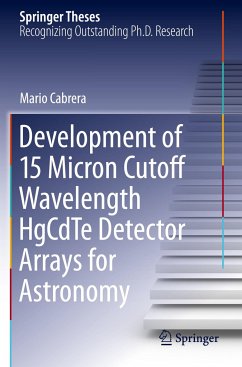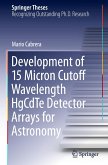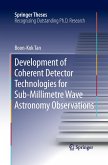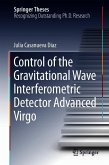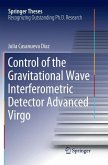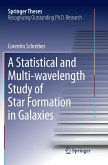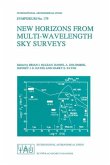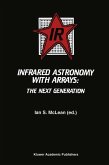This thesis describes advances in the understanding of HgCdTe detectors. While long wave (15 mim) infrared detectors HgCdTe detectors have been developed for military use under high background irradiance, these arrays had not previously been developed for astronomical use where the background irradiance is a billion times smaller. The main pitfall in developing such arrays for astronomy is the pixel dark current which plagues long wave HgCdTe. The author details work on the success of shorter wavelength development at Teledyne Imaging Sensors, carefully modeling the dark current-reverse bias voltage curves of their 10 mim devices at a temperature of 30K, as well as the dark current-temperature curves at several reverse biases, including 250 mV. By projecting first to 13 and then 15 mim HgCdTe growth, values of fundamental properties of the material that would minimize tunneling dark currents were determined through careful modeling of the dark current-reverse bias voltage curves, as well as the dark current-temperature curves. This analysis was borne out in the 13 mim parts produced by Teledyne, and then further honed to produce the necessary parameters for the 15 mim growth. The resulting 13 mim arrays are being considered by a number of ground-based astronomy research groups.
Bitte wählen Sie Ihr Anliegen aus.
Rechnungen
Retourenschein anfordern
Bestellstatus
Storno

